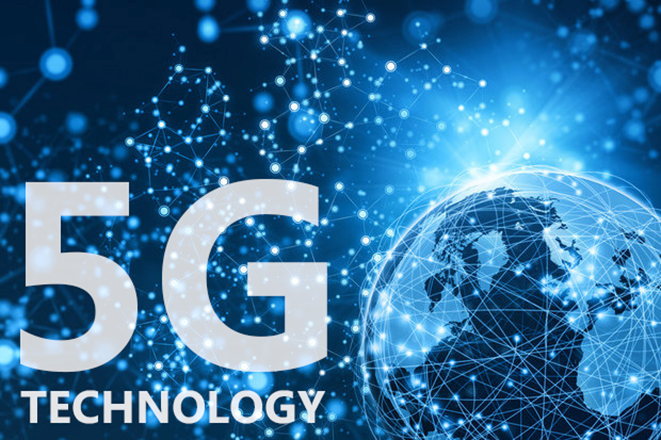Tech Versum: Explore the Future of Technology
Dive into the latest trends and innovations in technology with Tech Versum.
How 5G Could Turn Your Commute into a Wi-Fi Wonderland
Discover how 5G can transform your daily commute into a seamless Wi-Fi wonderland. Stay connected like never before!
Transforming Your Daily Commute: The Impact of 5G on Connectivity
The advent of 5G technology is set to revolutionize our daily commutes in unprecedented ways. With lightning-fast internet speeds and reduced latency, 5G will enhance connectivity for commuters whether they are traveling by train, bus, or personal vehicles. Imagine being able to stream high-definition videos, engage in virtual meetings, and access real-time traffic updates without any interruptions thanks to the increased bandwidth that 5G offers. This transformation not only makes commutes more enjoyable but also more productive, allowing individuals to maximize their time while on the move.
Furthermore, 5G paves the way for the development of smarter transportation systems. With connected vehicles equipped with 5G technology, real-time communication between cars, infrastructure, and traffic management systems can lead to improved safety and efficiency on the roads. For instance, advanced driver-assistance systems (ADAS) can receive instant updates about road conditions and potential hazards, enabling quicker reactions and reducing the risk of accidents. In this new era of enhanced connectivity, the daily commute is evolving from a mundane necessity to a seamless, integrated experience that prioritizes both safety and convenience.

Is Your Commute About to Get Smarter? The Role of 5G in Public Transport
As urban populations continue to grow, the need for efficient public transport becomes ever more essential. Enter 5G technology, a game-changer that promises to enhance the way we commute. With its ultra-fast data speeds and low latency, 5G can facilitate real-time updates, smarter routing, and optimized schedules for public transportation systems. Imagine receiving live notifications about bus delays or train changes directly on your smartphone, allowing you to adjust your journey seamlessly. This real-time communication can significantly reduce wait times and improve passengers' overall experience.
Furthermore, the integration of 5G with Internet of Things (IoT) devices in public transport systems can yield remarkable benefits. For instance, smart sensors can monitor vehicle conditions and passenger loads, leading to better resource allocation and congestion management. According to experts, this enhanced connectivity can promote the use of data analytics to identify travel trends, aiding in the development of more efficient routes. As cities invest in developing smart transport solutions, the role of 5G in public transport is poised to make commuting not only smarter but also more sustainable.
How 5G Technology Could Revolutionize On-the-Go Wi-Fi Access for Commuters
The advent of 5G technology is set to transform how commuters access Wi-Fi on the go. With its lightning-fast download and upload speeds, 5G can deliver seamless connectivity to countless devices simultaneously, making it an ideal solution for those who rely on the internet during their daily commutes. Unlike its predecessors, 5G offers lower latency, which significantly enhances the experience of streaming videos, participating in video calls, or browsing the web while on public transport. This means that commuters can enjoy high-quality services without the annoying buffering interruptions that typically plague traditional Wi-Fi networks.
In addition to speed and reduced latency, 5G technology also enables a more robust network infrastructure, allowing for better coverage in densely populated areas such as cities and towns. As more public transport systems integrate 5G, commuters will benefit from reliable connectivity whether they are on a train, bus, or even walking through urban environments. This shift could make on-the-go Wi-Fi not just a luxury, but a standard expectation for daily commuters. Imagine a future where your devices remain connected automatically as you travel, allowing you to work, learn, and stay entertained with no interruptions, all thanks to the revolutionary power of 5G.